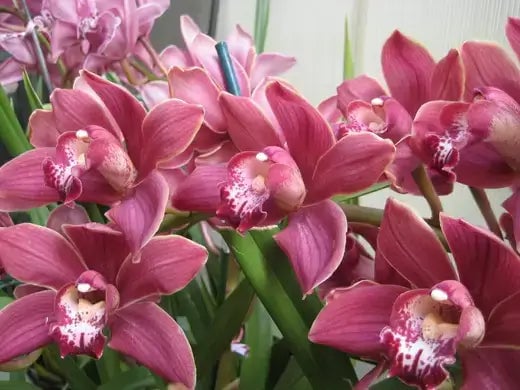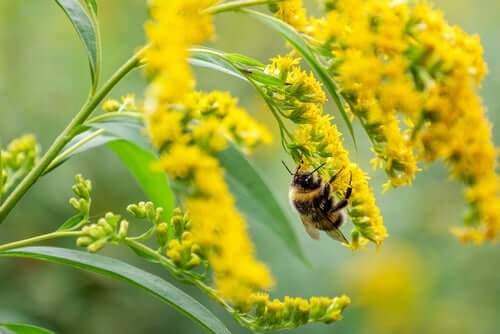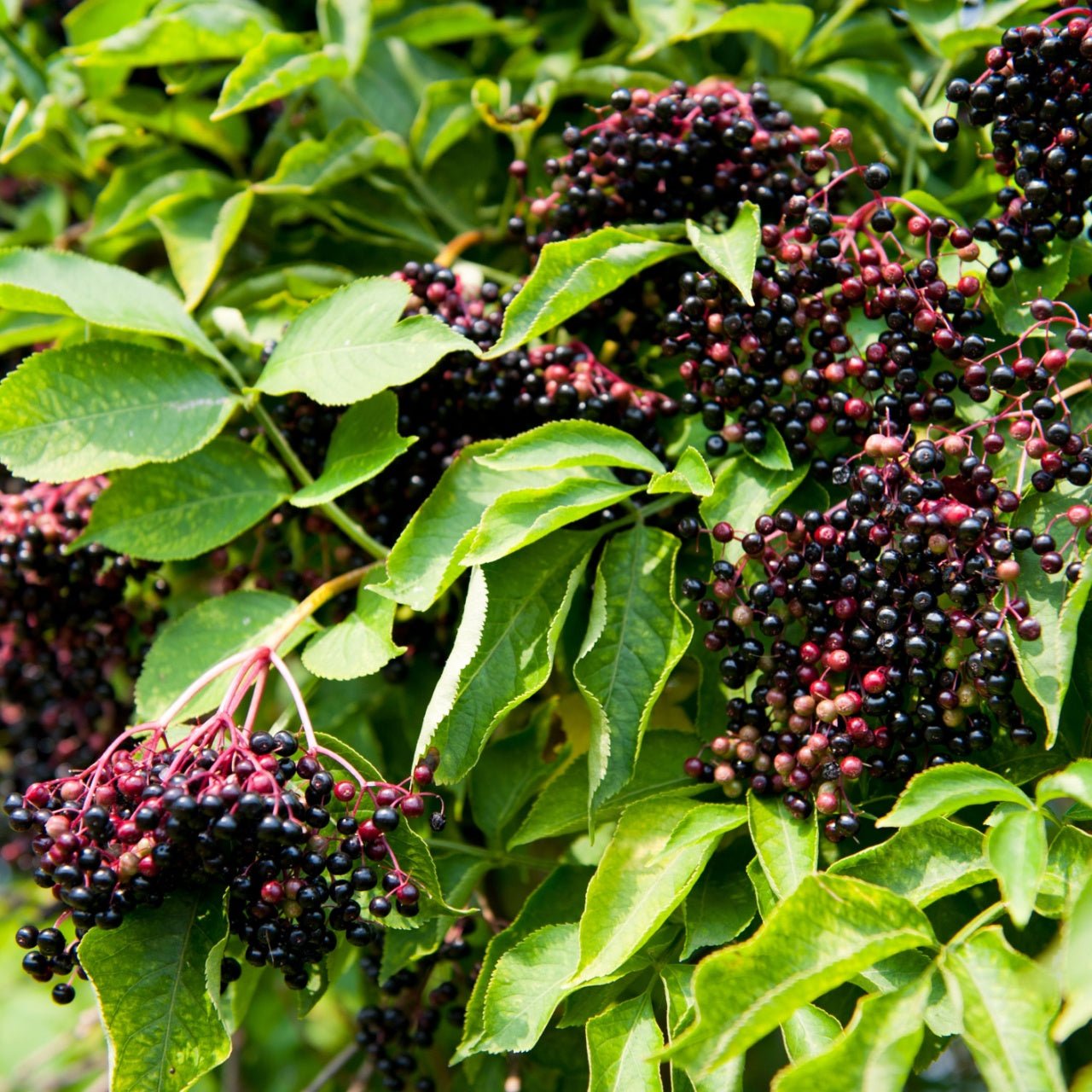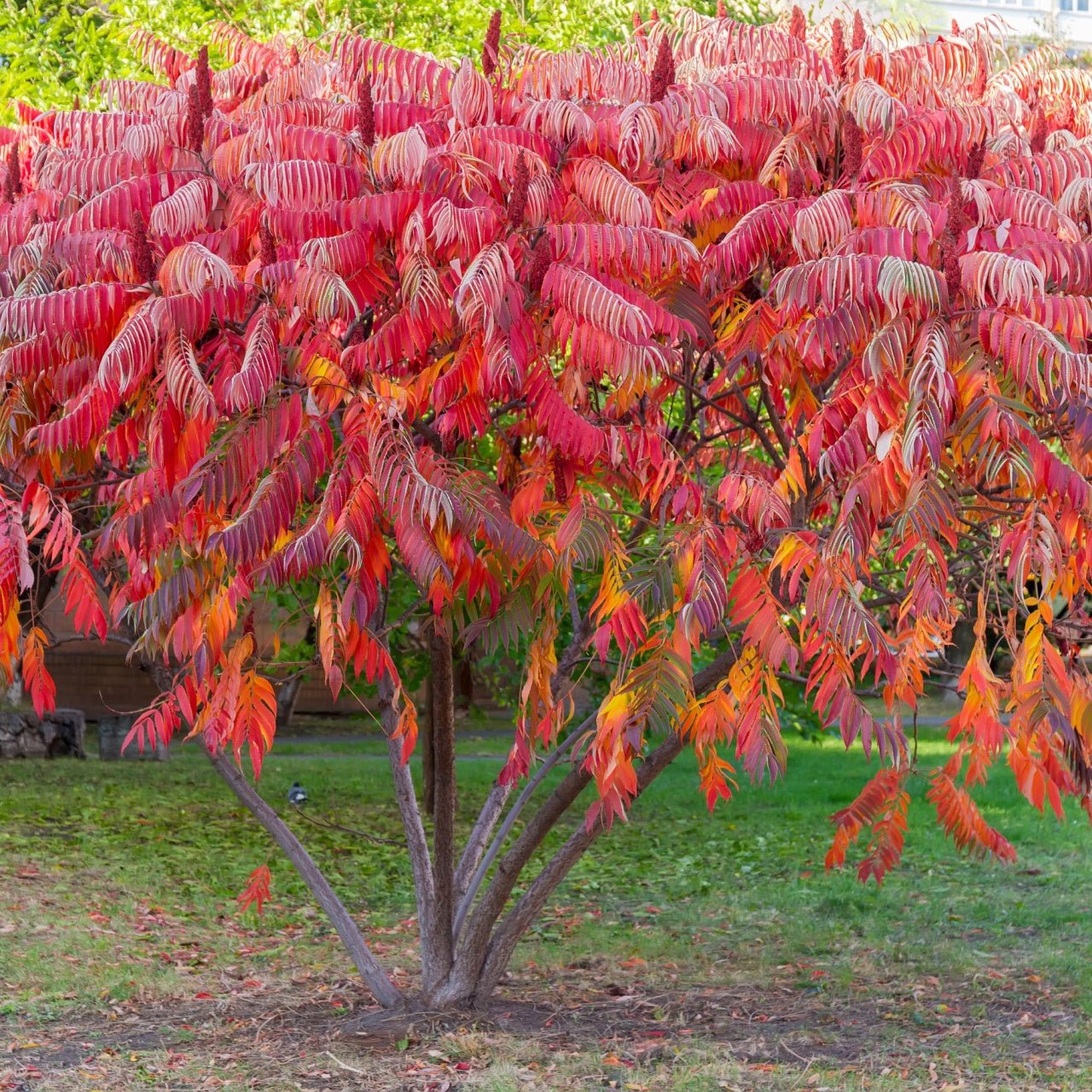When most people think about bees, they picture a European honeybee. Actually, as the name suggests, what we call honeybees were imported from Europe by the first settlers. There are approximately 5,000 species of native bees in North America. However, honeybees and habitat loss have endangered many of them. Native plants can help native bees survive.
Native Bee Characteristics
Native bees are either solitary or form small colonies. They tend to nest in the ground, in wood, or the pith of plant stems. Wherever they nest, they form brood chambers that have a ball of pollen and nectar in them. The bees lay an egg on the pollen/nectar ball and then seal the chamber with a cap of mud or bits of plants. One tunnel may have multiple brood chambers. When the bees finish developing, they chew through the cap and emerge.
Many species of native bees overwinter in their brood chambers and emerge in the spring. Solitary bees are very nonaggressive and rarely sting unless they are grabbed or tangled in clothing. Bumble bees will aggressively defend their nests but are nonaggressive otherwise.
What Native Bees Need
Native bees need a place to build a nest and food. In natural landscapes, bees find native plants that bloom from early spring until frost. First one species of flowers bloom and as the flowers of that species finish blooming, the next species blooms.
Native bees need water. A small water feature or bird bath can provide them with a safe place to drink.
Areas of bare earth allow native bees to dig tunnels in the ground to nest in. They also nest in trees in cavities made by beetles and other creatures. Bees may chew holes in woody stems or straw producing plants and nest there.
How You Can Help Native Bees
People tend to clear away old stems and straw, which deprives native bees of nesting areas. Old wood is removed, and our lawns cover the earth, leaving native bees few places to nest. Leaving a corner of the garden unkept with some plants and old wood can help the native bees around you. Leave some spaces of bare earth without mulch to give ground nesting bees a place to dig.
Alfalfa farmers create huge banks of mud along the edges of their fields to allow the alfalfa bee to nest. The pollination rate of such alfalfa fields is much higher than fields without a place for the bees to nest. You don’t need a large area. In addition, build or buy a bee block. It is full of tubes of different diameters that bees who build nests in stems or in wood can use. Bees only use each tube once, so you buy replacement tubes and switch them out in late spring, once all the bees in the old tubes have hatched.
Native bees also need flowers that provide the pollen and nectar they need to survive, and their broods need to grow the next generation of bees. Plant diverse flowers in different shapes and sizes. It is also important to plant flowers that will have flowers at different times of the year, from early spring to late fall. Finally, as mentioned above, bees need access to water. Most have to land to get a drink, so pebbles or a brick in a water feature lets them land without falling in the water.
Native Plants for Native Bees
Growing plants that are native to your area can benefit not only native bees, but the whole ecosystem. Birds eat the larvae of nesting bees and so do small mammals. Larger things eat those birds and animals. In addition, if you like to watch wildlife, your water feature will draw it from all over the area. Even a few native plants will help. You don’t have to rip the non-natives out but when you have a space for a new plant, choose a native.
When choosing plants for your native garden, be cautious about planting hybridized native plants. These hybrids offer less nectar, less sugar in the nectar, less pollen, and poor-quality pollen. For example, the hybrid of the native cardinal flower, Lobelia x speciose, has 20% less nectar than the native species, Lobelia. Hybrids of native plants also attract honeybees which push out the native bees.
Some native bees, especially bees that have developed to specialize in specific plants, are only active a few weeks a year. For example, squash bees evolved to pollinate squash and other cucurbits in the wild and are only active when those plants bloom. The other bees you see in your vegetable garden are usually honeybees, which are not as efficient as squash bees in pollinating squash.
Examples of Native Bee Friendly Plants
Here are a few plants native to North America that help native bees.

Elderberry has flowers that native bees love. It also has hollow stems that bees can nest in. Elderberry has berries that attract birds and wildlife. Finally, people use the berries to make jelly, jams, pies, and elderberry wine from them. The raw berries are poisonous to humans. Elderberry plants grow to be a shrub or a small tree, depending on the plant. It can grow to be 15 feet tall. They like to grow in wet areas.

Staghorn sumac grows 15-30 feet tall and forms thickets. It has green leaves that become very colorful in the fall. Female plants have yellow green blossoms followed by hairy berries that stay on the plant in the winter. You will need to plant a female and a male tree to get berries. Bees nest in the twigs of staghorn sumac. Birds and animals consume the berries in the winter when other food is scarce.

Wild blackberry has canes that native bees use as nesting places. The flowers attract native bees, too. Wild blackberry has thorns that discourage predators from preying on the native bee broods inside the canes. This is one of those plants that have been hybridized to improve the plant so it meets the needs of people at the expense of native bees. Use wild blackberry plants for pollinators, not the commercial varieties.
Goldenrod
Goldenrod has bright yellow flowers on stalks that grow to six feet tall. It is a nectar-rich plant that grows in a wide range of places. Native bees love the plant. You will love it, too. Goldenrod grows best in moist, rich soils. The height of the plant depends on the moisture content of the soil it is growing in.
We Can Help
At TN Nursery, our staff can find pollinator friendly plants that are native to your area. Call us at 931.692.7325 to find native plants for your pollinator garden.
Read more

Christmas is just around the corner, and everyone has started planning for it. Along with the usual holiday decorations, you can also accentuate the beauty of your home by putting in some excellent...

Native yellow flowers have long been cherished in gardens for their rich color and power to lure pollinators. Among them, Black-Eyed Susan, Wood Poppy, Evening Primrose, and Maximilian Sunflower ar...





